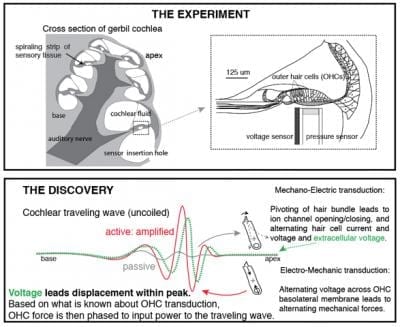With human error the predominant cause of car accidents, automatic braking systems like the Pedestrian Detection system found in the Volvo S60 use cameras and sensors to assist drivers in detecting oncoming hazards and automatically applying the brakes.
Now a team of researchers from the Berlin Institute for Technology has found a way to improve the response times of drivers by reading their minds. Using electroencephalography (EEG) by attaching electrodes to the scalp the researchers demonstrated that reading driver’s brain signals can provide quicker reaction times to potentially prevent many of the car accidents caused by human error.
The team’s study hooked 18 participants up to an EEG and placed them in a driving simulator to identify the parts of the brain that are most active when braking. After initial EEG recordings identified the relevant parts of the brain, the researchers tweaked the system accordingly. In addition to EEG, the researchers also examined myoelectric (EMG) activity, which is caused by muscle tension in the lower leg and can be used to detect leg motion before it actually moves to the brake pedal.
To recreate real driving conditions, the participants were asked to stay within a 20 m (65 ft) distance whilst maintaining a speed of 100 km/h (62 mph) behind a computer-controlled lead vehicle traveling along a road that contained sharp curves and dense oncoming traffic. At random intervals, the vehicle in front braked rapidly to trigger an emergency braking situation.
As the subjects reacted, data was collected from the EEG and EMG. The time taken to release the accelerator and press the brake pedal, as well as the deceleration of both vehicles and the distance between them was also recorded.
The study also used hybrid systems that use external lasers and sensors that detect a potential crash and trigger an emergency braking procedure as soon as the brake pedal is pressed.
The researchers found that a mind-reading system, accompanied by such hybrid systems, could detect a driver’s intention to brake 130 milliseconds faster than a normal brake response. Although this doesn’t sound like much, the researchers say this amounts to a reduction in braking distance of 3.66 m (12 ft) when driving at 100 km/h (62 mph). That distance, which is the length of a compact car, could be the difference between avoiding or being involved in an accident.








